Skip over navigation
Can you complete these squares?
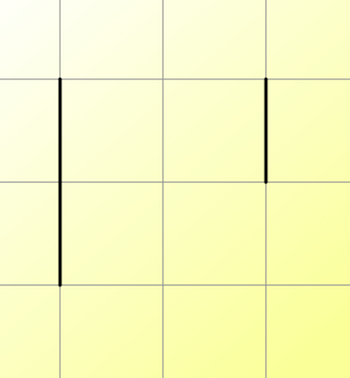
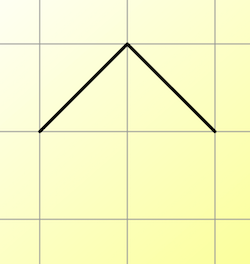
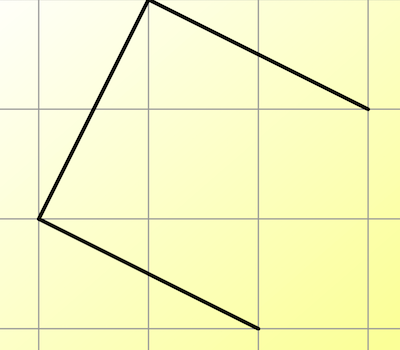
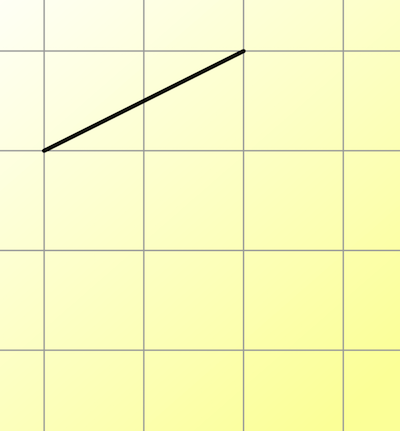
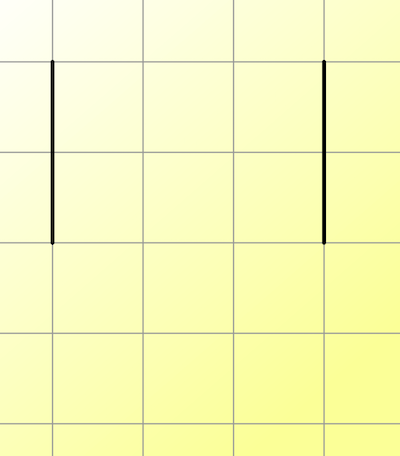
You might like to print off this sheet of the squares to complete.

Or search by topic
Number and algebra
Geometry and measure
Probability and statistics
Working mathematically
Advanced mathematics
For younger learners
Complete the Square
Age 5 to 7
Challenge Level 





- Problem
- Getting Started
- Student Solutions
- Teachers' Resources
Complete the Square
Can you complete these squares?





You might like to print off this sheet of the squares to complete.
This activity has been adapted from one of BEAM's free Maths of the Month resources, which unfortunately are no longer available.
Why do this problem?
This problem is excellent for helping to reinforce the properties of squares and in particular for highlighting the fact that a square is a square no matter what orientation it is in.
Possible approach
You could introduce this activity by showing the children a square piece of paper. Put the square on the board so that its sides are parallel to the sides of the board and ask the class what shape it is. How do they know? Then, invite one pupil to come up and pin the square on the board in a different way. Is the shape still a square? You might find that an interesting discussion ensues! It
is common for children to call a tilted square a "diamond" but the earlier we can encourage them to avoid this, the better.
Once pupils have tried the problem, they could show each other their completed squares and discuss the drawings before sharing them with you and/or the whole class. Playing the game Seeing Squares would be a good way to end this lesson.
Key questions
What do you know about squares?
What do you need to add to this to make it a square?
Possible extension
You could give some learners a grid (for example 3 by 3 small squares) and challenge them to draw all possible squares on it, if all corners have to be on the grid.
Possible support
Children may need rulers to convince themselves that the sides of the shape they have drawn are (or are not!) the same. Turning the page also helps!
You may also like
Let's Investigate Triangles
Vincent and Tara are making triangles with the class construction set. They have a pile of strips of different lengths. How many different triangles can they make?

